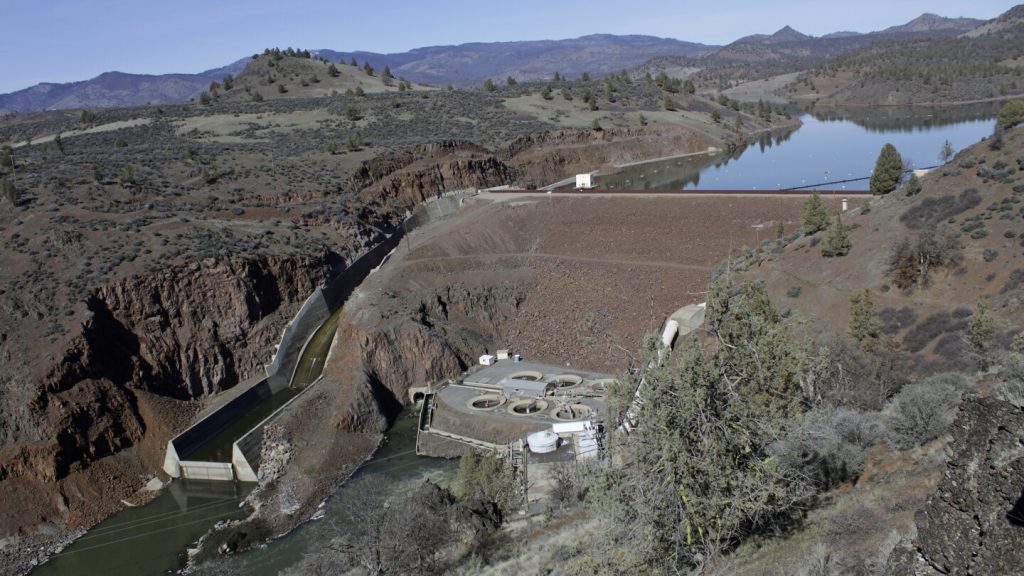The completion of the largest dam removal project in U.S. history has allowed salmon to freely swim along the Klamath River and its tributaries for the first time in over a century. Chinook salmon were seen migrating into previously inaccessible habitat above the site of the former Iron Gate dam, which was one of four dams demolished in an effort to restore ecosystems and allow rivers to return to their natural flow. This momentous occasion was a result of decades of work by various conservation groups and Tribal partners who fought to free hundreds of miles of the Klamath River.
Local tribes played a significant role in advocating for the removal of the four hydroelectric dams that were causing environmental devastation, particularly to the salmon population. The completion of the dam removal project was a major victory for these tribes, who had been protesting, testifying, and filing lawsuits to showcase the negative impacts of the dams. Now that the dams have been removed, scientists are using SONAR technology to track migrating fish like Chinook salmon, Coho salmon, and steelhead trout to gather important data on the river’s healing process. Recovery from the dam removals will be a long process, but monitoring programs have been established to record migration patterns and track fish responses long-term.
The removal of over 2,000 dams in the U.S., including those on the Klamath River, has been a growing trend in the last 25 years as part of efforts to restore natural river flows and ecosystems. Other significant dam removal projects include those on Washington state’s Elwha River and Condit Dam on the White Salmon River, a tributary of the Columbia. The Klamath River was once a major salmon-producing river on the West Coast, but the construction of dams between 1918 and 1962 disrupted the natural flow of the river and led to a dramatic decline in the fish population. A bacterial outbreak in 2002, caused by low water and warm temperatures, further devastated the salmon population, prompting increased advocacy efforts from tribes and environmental groups to push for dam removal.
The completion of the dam removal project on the Klamath River represents a significant milestone in the efforts to restore ecosystems and fish populations in the region. The return of salmon to previously inaccessible habitat is a testament to the hard work and dedication of the conservation groups, Tribal partners, and government agencies that have collaborated on this project. While the recovery process will be ongoing, the successful removal of the dams marks a positive step towards the restoration of the Klamath River and its surrounding ecosystems. This historic moment serves as a reminder of the importance of conservation efforts and the potential for restoration when communities come together to protect the environment.















